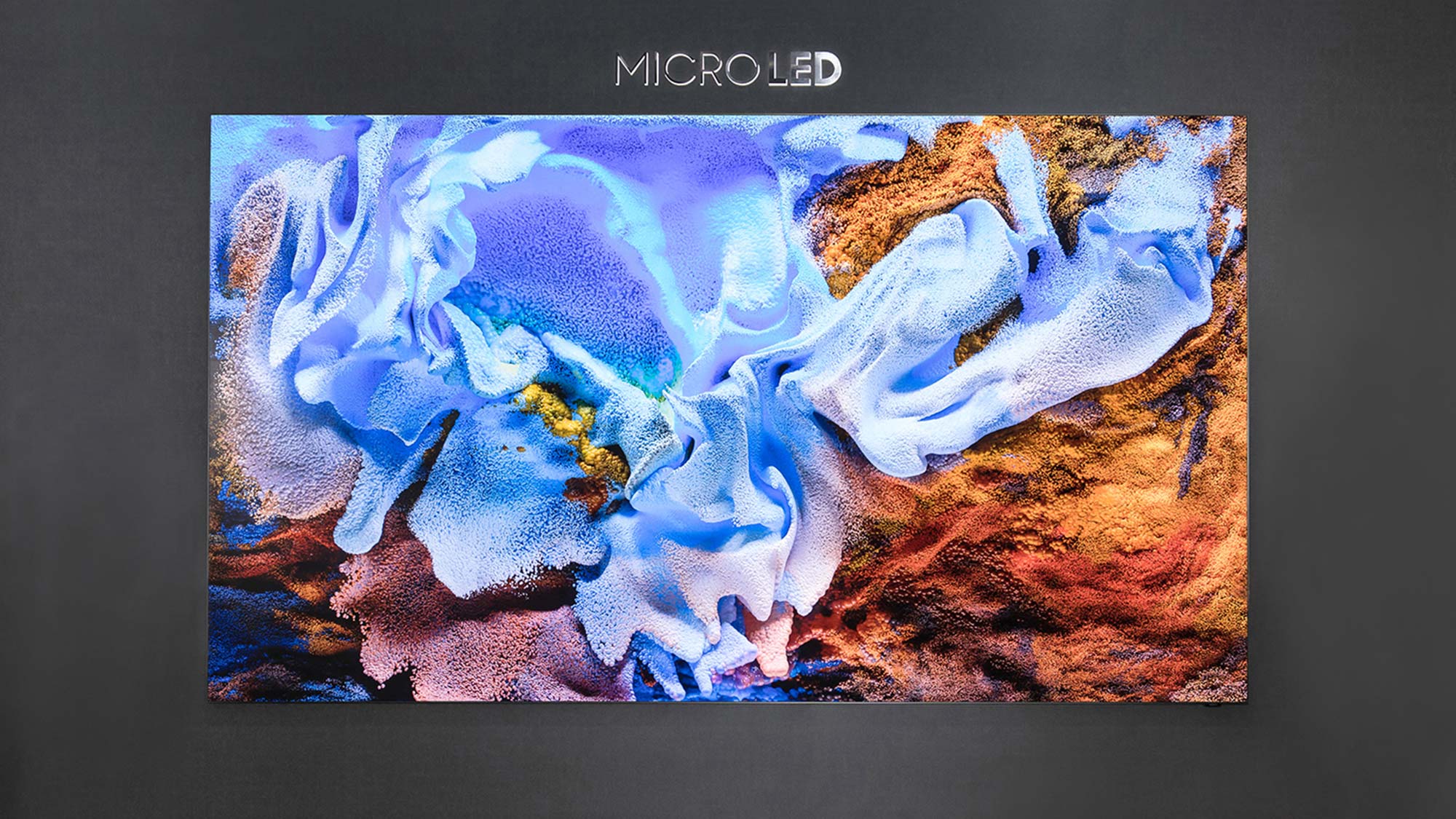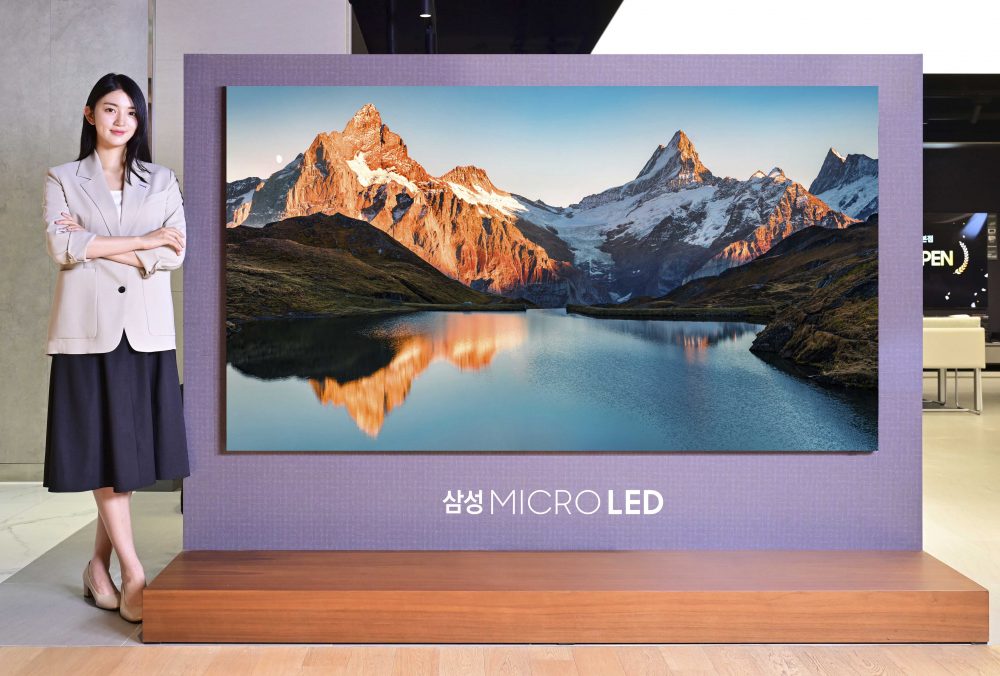MicroLED TVs are finally dropping in price — here's when you might be able to get one
This could be a massive upgrade for MicroLED TVs

MicroLED is a serious contender for the dominant display technology for the future best TVs. But here in the present, it’s prohibitively expensive to make a MicroLED display panel, let alone a MicroLED TV. But a new report says that’s getting set to change.
According to Business Korea, the research firm Omdia is projecting MicroLED display panels to become dramatically cheaper. Currently, MicroLED display panels are manufactured in 10.1-inch to 14.6-inch panels, costing anywhere from $5,800 to $10,000. With MicroLED TVs, these smaller panels are assembled into massive 100-inch+ size displays, which is why MicroLED TVs typically cost more than $100,000.
Costs could be reduced by approximately 75% — a truly staggering figure.
However, Omdia is now projecting that those same 10.1-inch to 14.6-inch MicroLED panels will cost a mere fraction of their current costs by 2027. At that point, a 10.1-inch panel could cost just $1,277 and the larger 14.6-inch panel could cost just $2,400 for TV manufacturers. That means costs could be reduced by approximately 75% — a truly staggering figure.
We’ve already seen some drop in the cost of MicroLED TVs, though nothing compared to what Omdia is projecting. Samsung just announced an 89-inch MicroLED TV that almost cost less than $100,000 (it costs $102,000). That TV is a huge step forward for MicroLED TVs given that its competition is a 110-inch $149,000 TV dubbed “The Wall” and a 137-inch $200,000 N1 Outdoor MicroLED TV from C-Seed. Compared to those, an 89-inch TV feels normal, even if the cost is still astronomical.
Why MicroLED TVs?

Given the costs of these small MicroLED panels, it’s fair to ask why many manufacturers would even bother with making MicroLED TVs. After all, even $2,400 for a 14.6-inch panel is still more expensive than the average TV.
But MicroLED has some serious advantages. First, MicroLED panels produce peak brightness as great or greater than MiniLED displays, which are typically the brightest TV displays you can buy. They’re also more power efficient than MiniLED displays, which is good for your monthly utility bill.
However, MicroLED also has advantages over other display technologies as well. OLED displays typically degrade over time, even if the best OLED TVs now are significantly better than the first generation of OLED TVs. MicroLED does not suffer from this same display degradation. So if TV manufacturers can get it into smaller and smaller TV displays, at a (relatively) affordable price, it’d be a logical candidate for the next great display technology.
Get instant access to breaking news, the hottest reviews, great deals and helpful tips.
More from Tom's Guide
- LG vs Sony vs Samsung: Who makes the best OLED TV?
- What is Micro OLED? This might be the future of display technology
- 8K TVs are finally getting 8K content — what you need to know

Malcolm has been with Tom's Guide since 2022, and has been covering the latest in streaming shows and movies since 2023. He's not one to shy away from a hot take, including that "John Wick" is one of the four greatest films ever made.
